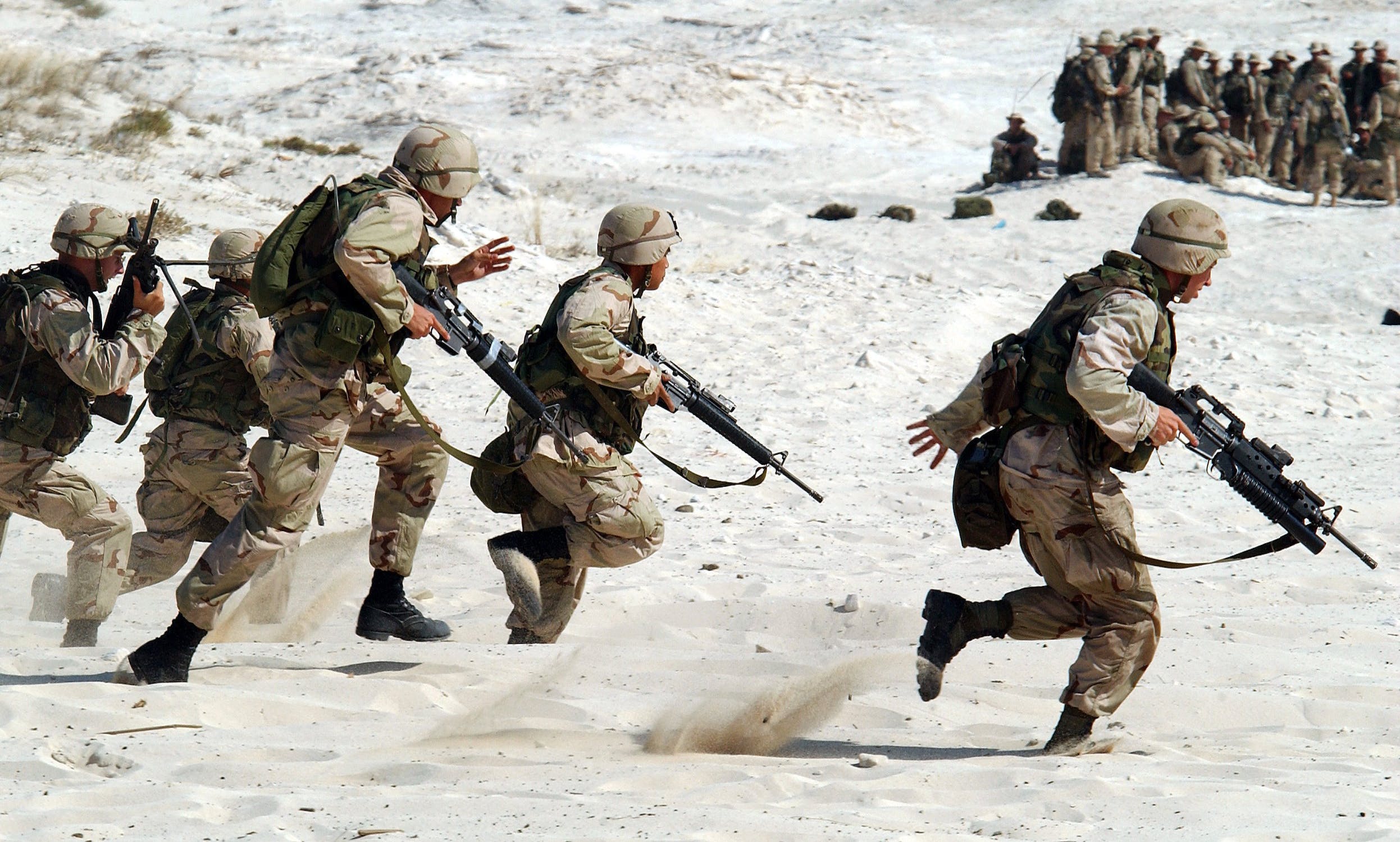
17 Apr ARMY KEYNOTE SPEAKERS: THE FUTURE OF MILITARY AND DEFENSE
The role of the army in modern warfare is continually evolving in response to new threats, technologies, and geopolitical dynamics. As we look to tomorrow, you can bet it’s super important to consider the factors shaping the development of the armed forces and how they operate. Coming years will bring huge shifts in the way the battlefield evolves. So let’s put on our futurist caps and consider the future of the army, and its commanders, as they adapt to the new realities of warfare in the 21st century.
For starters, let’s think about the growing use of autonomous systems and robotics in the battlefield. Unmanned aerial vehicles (UAVs), also known as drones, have already revolutionized surveillance and reconnaissance operations, enabling armies to gather intelligence in real-time and conduct targeted strikes with minimal risk to human operators. In the years ahead, you can bank on the development of additional autonomous platforms, such as ground-based robotic vehicles, unmanned naval vessels, and swarming drones capable of overwhelming enemy defenses.
These robotic systems will not only reduce the risk to human soldiers but also provide new capabilities and force multipliers, allowing smaller and more agile units to tackle complex and dangerous missions. Be advised though that the increasing reliance on autonomous systems also raises ethical and legal questions surrounding the use of lethal force by machines, which will need to be addressed by military planners and policymakers.
The integration of artificial intelligence (AI) into military operations has the potential to revolutionize the way armies plan, execute, and adapt to the challenges of modern warfare to boot. This technology can be used to analyze vast amounts of data, identify patterns and trends, and generate predictive models, enabling armed forces to make more informed decisions and respond more quickly to emerging threats. What’s more, AI can also be employed to enhance the capabilities of autonomous systems, making them more effective and adaptable to changing battlefield conditions.
However, the rise of AI and cyber warfare also introduces new vulnerabilities, as adversaries may seek to exploit weaknesses in digital systems to disrupt communications, gather intelligence, or launch targeted attacks. As a result, the future of the army will likely require a greater focus on cyber defense, as well as the development of new doctrines and strategies to counter digital threats.
The nature of modern warfare is (no surprise) rapidly changing, as conflicts increasingly involve a diverse range of actors, environments, and domains. In response, future armies will need to develop adaptive strategies and multi-domain operations that integrate land, air, sea, space, and cyber capabilities to address complex and evolving threats. This may involve the creation of specialized units, such as cyber and electronic warfare teams, as well as the formation of joint task forces that combine the expertise and resources of different branches of the armed forces.
Moreover, the future of the army will likely see generals and high-ranking commanders emphasize the importance of partnerships and alliances, as nations work together to confront shared challenges and maintain global security. This will necessitate greater interoperability and communication between allied forces, as well as the development of common standards and protocols for the use of emerging technologies.
Conclusion
The future of the army is marked by the rapid pace of technological innovation and the changing nature of warfare in the 21st century. Autonomous systems, artificial intelligence, and cyber warfare will play an increasingly central role in military operations, while adaptive strategies and multi-domain approaches will be required to address the complex challenges of modern conflicts. As the army evolves to meet these new realities, it will be vital for military leaders and policymakers to navigate the ethical, legal, and strategic implications of these transformative technologies, while fostering collaboration and interoperability among allied nations.



